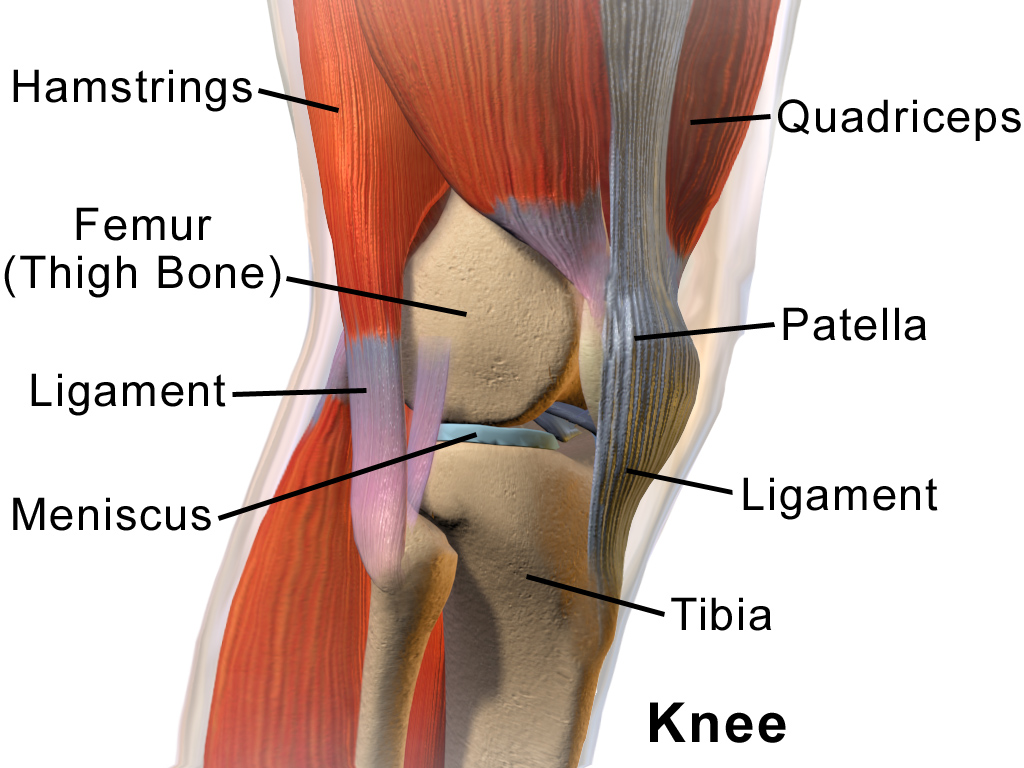The 2014 Winter Olympics came to a close this past Sunday in Sochi, RU, and while host nation Russia led the final medals count, our northern neighbors in Canada took home the much-coveted gold medal in ice hockey. Team Canada, however, accomplished this feat without their center, New York Islanders star John Tavares.
Tavares, who is currently the third leading scorer in the NHL with 66 points, tore his meniscus and medial collateral ligament (MCL) after a hard check during Canada’s 2-1 quarterfinal win over Latvia last Wednesday. With the devastating injury, Tavares was placed on injured reserve by the Islanders Monday and will reportedly miss the remainder of the season.
This unfortunate blow to the Islanders will likely reopen the conversation about whether professional athletes should be playing in the Olympics, but unfortunately, meniscus tears are prevalent and difficult to avoid no matter how you slice it.
The knee is one of the largest and most complex joints in the body, and because it’s used so much and consists of so many parts, it’s incredibly vulnerable to many different types of injuries. Meniscus tears are one of the most common types of knee injuries experienced, and athletes in contact sports are at an even higher risk due to some of the dynamics involved in game play.
Meniscus tears usually occur when the foot is planted and the knee suddenly twists or turns, sometimes from a hit or a tackle. Common symptoms include pain, stiffness, swelling, the knee “giving way” or a lack of range of motion, and it’s imperative that a physician examines an athlete to determine the extent of injury.
Depending on the location and severity of the tear, either surgery or conservative treatment are recommended. Non-surgical treatment should include the following:
- RICE
- Rest: take a break from the activity that caused the injury
- Ice: use a cold pack for 20 minute sessions, several times a day
- Compression: wear an elastic compression bandage
- Elevation: recline with your leg raised above your heart
- Non-steroidal anti-inflammatory medicine to reduce pain and swelling
- Physical therapy: this is a major part of conservative treatment and should also be performed immediately after surgery for optimal recovery results
- Goals of physical therapy are to restore range of motion, strength and endurance of the knee through a variety of strengthening exercises, including heel raises, quad sets and hamstring curls
At Dynamic Sports Physical Therapy in New York City, we can create a personalized rehabilitation program for your torn meniscus or for other injuries to the knee or anywhere else in the body. For more information, visit us at or call 212-317-8303.

